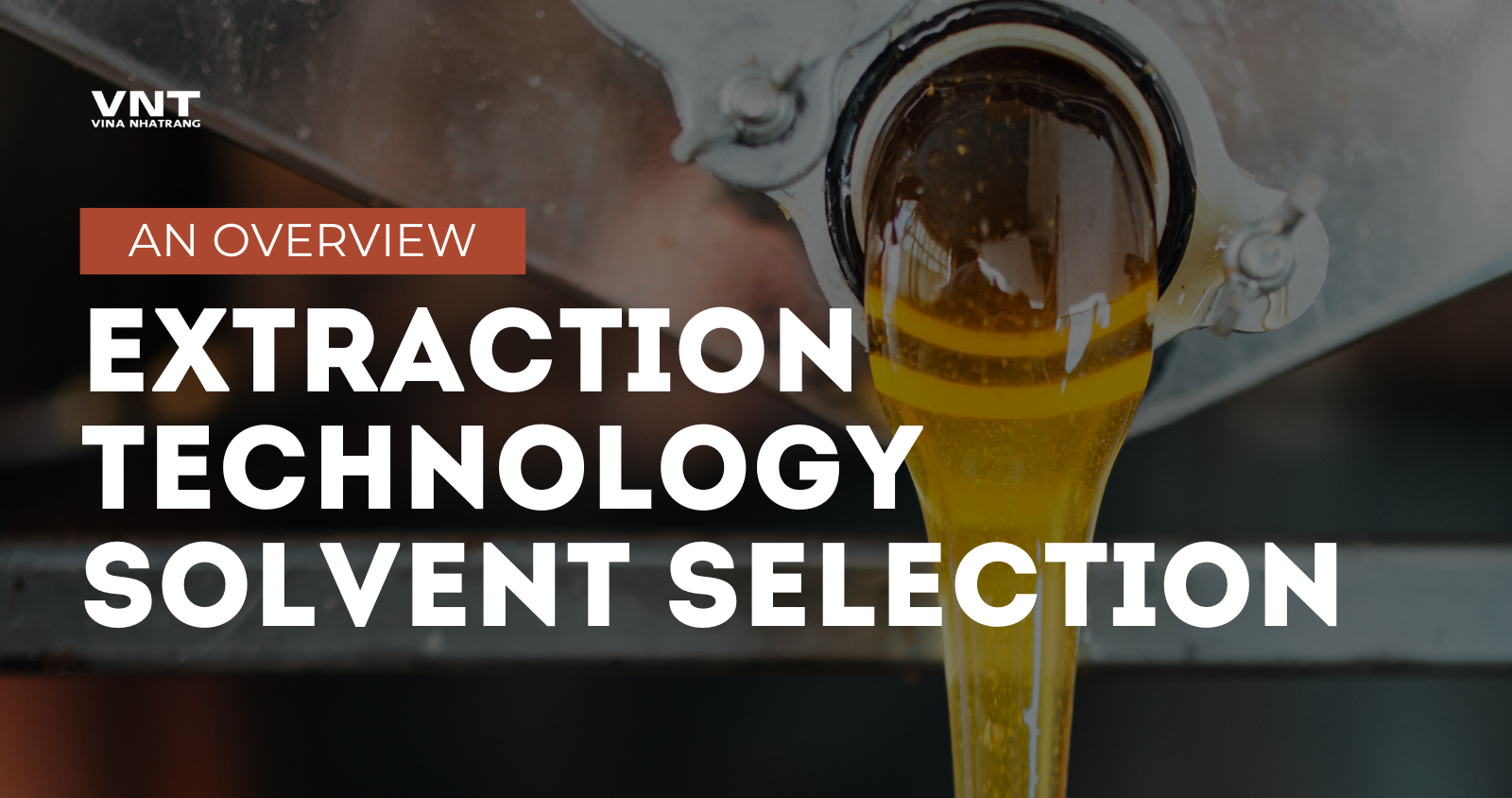When it comes to extraction technology, the solvent used is very important because it affects not only how well the process works but also the quality, safety, and environmental effect of the end product. The debate between natural and conventional solvent options continues to evolve as industries prioritize sustainability alongside performance. Let’s explore both extraction technology solvent approaches and their applications across various sectors.
Understanding Extraction Solvents
Extraction is fundamentally about separating desired compounds from their source material. Whether you’re extracting essential oils from plants, active pharmaceutical ingredients, or flavor compounds for the food industry, your solvent choice dictates much of the process outcome.
Conventional Solvent Options
Conventional solvents have dominated industrial extraction processes for decades due to their predictable performance and established protocols.
Petroleum-Based Solvents
Hexane remains the industry standard for many applications, particularly in food processing for vegetable oil extraction. Its efficiency and relatively low boiling point (making it easy to remove) have cemented its position despite growing concerns about:
- Potential residual contamination
- Worker exposure risks
- Environmental impacts from production and disposal
- Classification as a hazardous air pollutant
Other common conventional options include acetone, methanol, and various chlorinated solvents, each with specific extraction profiles and applications.
Advantages of Conventional Solvents
- Highly efficient extraction rates
- Established regulatory frameworks
- Predictable performance characteristics
- Cost-effectiveness at industrial scale
- Extensive research and optimization data
Natural Solvent Alternatives
As consumer preferences shift toward “clean label” products and sustainability becomes a business imperative, natural solvent options have gained significant traction.
Water-Based Extraction
The ultimate natural solvent, water extraction methods include:
- Steam distillation for essential oils
- Decoction and infusion for herbal products
- Subcritical water extraction at elevated temperatures
- Ultrasound and microwave-assisted aqueous extraction
While gentler on both the environment and final product, water-based methods often deliver lower yields than their conventional counterparts.
Plant-Based Solvents
Derived from renewable resources, these alternatives include:
- Ethanol (particularly from fermentation processes)
- D-limonene (extracted from citrus peels)
- Terpenes (plant-derived hydrocarbons)
- Vegetable oils as extraction mediums
Supercritical CO₂
While technically not “natural” in application, supercritical CO₂ extraction represents a middle ground:
- Uses carbon dioxide in a supercritical state
- Leaves no toxic residues
- Can be tuned to selectively extract specific compounds
- Requires significant initial capital investment
Industry-Specific Considerations
Pharmaceutical Applications
The pharmaceutical industry faces stringent regulations regarding solvent residues. ICH guidelines classify solvents into risk categories, pushing many manufacturers toward greener alternatives when possible while maintaining validated processes.
Food and Beverage
Consumer-facing industries have embraced natural solvent options most rapidly:
- Ethanol extraction for vanilla, spices, and botanicals
- CO₂ extraction for caffeine removal from coffee
- Water-based extraction for tea concentrates
Cannabis and Hemp Processing
This emerging industry has become a testing ground for extraction innovations, with processors weighing:
- Ethanol’s efficiency versus post-processing requirements
- CO₂’s selectivity versus equipment costs
- Hydrocarbon extraction’s yield versus safety considerations
Making the Selection: Key Factors
When determining the appropriate solvent for your extraction needs, consider:
- Target compounds and their solubility profiles
- Desired purity of the final extract
- Regulatory requirements for your product category
- Scale of production and economic constraints
- Environmental impact throughout the lifecycle
- Worker safety considerations
- Consumer perception and marketing positioning
The Hybrid Approach
Many modern extraction facilities are finding success with hybrid approaches:
- Sequential extraction using different solvents for maximum yield
- Combined technologies like ultrasound-assisted solvent extraction
- Natural solvent preprocessing followed by conventional refinement
Looking Forward
The future of extraction technology likely includes:
- Bio-based solvents derived from agricultural waste
- Advanced recycling and recovery systems reducing environmental impact
- Novel deep eutectic solvents with tunable properties
- Continued innovation in solventless mechanical extraction methods
The choice between natural and conventional solvents rarely presents a clear winner. Instead, successful extraction strategies require balancing technical requirements, sustainability goals, regulatory compliance, and market positioning to determine the optimal approach for each specific application.
By understanding the full spectrum of options and their respective advantages, processors can make informed decisions that align with both their operational needs and broader corporate sustainability initiatives.




